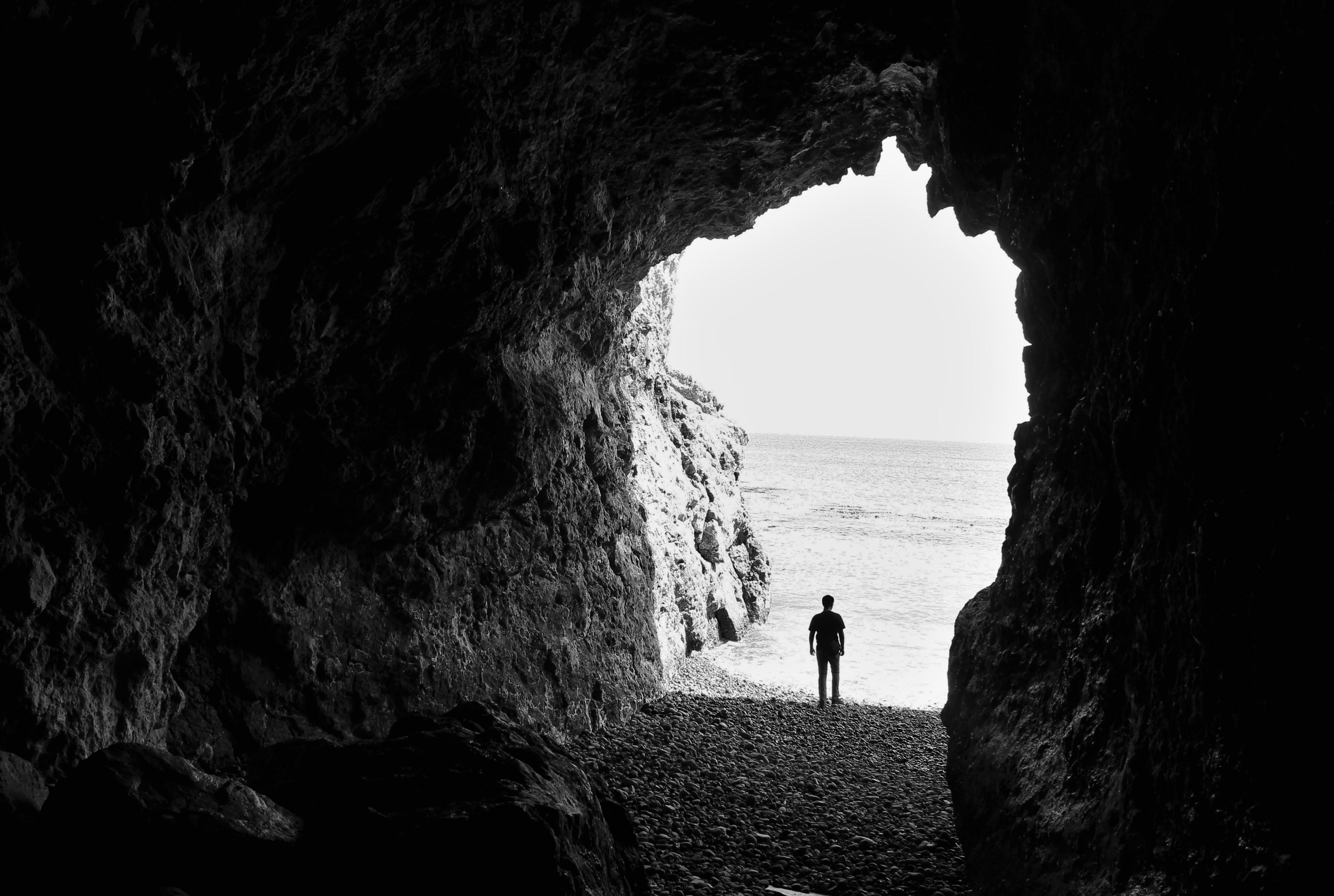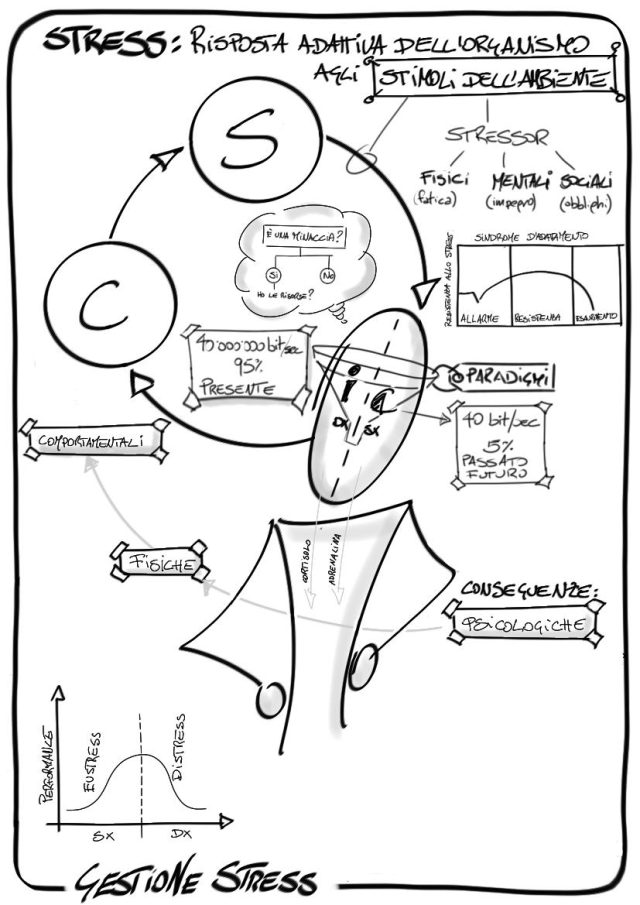In today’s fast-paced world, stress has become an almost ubiquitous companion, creeping into our daily lives and impacting our well-being. While some stress can be motivating, chronic stress can take a toll on our mental and physical health. Finding effective ways to manage stress is crucial, and one powerful tool at our disposal is guided imagery. This technique harnesses the power of the mind to create a sense of calm and relaxation, offering a gentle escape from the pressures of everyday life. In this article, we will explore simple yet effective tips to incorporate guided imagery into your routine, empowering you to reclaim your peace of mind. Whether you’re new to this practice or seeking to deepen your experience, these strategies are designed to help you navigate stress with empathy and ease.
Understanding the Power of Guided Imagery for Stress Relief
Guided imagery is a simple yet powerful tool that can help alleviate stress by harnessing the mind’s capacity to create vivid and calming images. By deliberately engaging your imagination, you can transport yourself to a serene place where stressors fade into the background. Here are some easy steps to incorporate guided imagery into your daily routine:
- Find a Quiet Space: Choose a location free from distractions where you can comfortably sit or lie down.
- Set a Timer: Allocate 5-10 minutes for this practice, ensuring you won’t be interrupted.
- Visualize Your Safe Haven: Picture a place where you feel completely at peace. It could be a tranquil beach, a lush forest, or a cozy room. Engage all your senses—hear the gentle waves, smell the fresh pine, or feel the warmth of a crackling fire.
- Breathe Deeply: As you immerse yourself in this scene, focus on deep, slow breaths to enhance relaxation.
- Gently Return: When ready, slowly bring your awareness back to the present, carrying the sense of calm with you.
| Guided Imagery Benefits | Description |
|---|---|
| Reduces Anxiety | Helps decrease feelings of anxiety by providing a mental escape. |
| Improves Sleep | Encourages a relaxed state conducive to better sleep quality. |
| Enhances Focus | Boosts concentration by clearing the mind of clutter. |

Creating Your Personal Sanctuary Through Visualization Techniques
In the hustle and bustle of everyday life, finding a moment of peace can feel like an impossible dream. However, by tapping into the power of visualization, you can create your own personal sanctuary right in your mind. Visualization is more than just daydreaming—it’s an intentional practice that allows you to escape to a tranquil place, recharge, and return to your life with renewed energy.
How to Start Visualizing Your Sanctuary:
- Find a Quiet Space: Settle into a comfortable position where you won’t be disturbed. This could be a cozy corner of your home or even a quiet park bench.
- Close Your Eyes and Breathe: Take a few deep breaths to relax your body and mind. Feel the tension melt away with each exhale.
- Create Your Scene: Picture a place that brings you peace. It could be a beach, a forest, or a cozy room. Engage all your senses—imagine the sound of waves, the scent of pine trees, or the warmth of a fireplace.
- Immerse Yourself: Spend a few moments exploring your sanctuary. Notice the details, and allow yourself to feel completely present in this peaceful environment.
Guided Imagery Suggestions:
| Scenario | Details to Visualize |
|---|---|
| Seaside Escape | Soft sand underfoot, rhythmic waves, salty breeze |
| Forest Retreat | Birds chirping, rustling leaves, earthy scents |
| Mountain Cabin | Crackling fire, snow-capped peaks, warm blanket |
Through consistent practice, visualization can become a powerful tool to combat stress and promote mental well-being. Allow yourself to return to your sanctuary whenever you need a break from the chaos, and over time, you’ll find it easier to access a state of calmness and clarity.

Step-by-Step Guide to Practicing Guided Imagery in Daily Life
Guided imagery is a powerful tool to help manage stress by allowing your mind to focus on calming and positive images. To seamlessly integrate this practice into your daily routine, follow these simple steps:
- Create a Relaxing Space: Choose a quiet and comfortable place where you can sit or lie down without distractions. This could be a cozy corner in your home, a peaceful spot in a park, or even your office during a break.
- Select Your Imagery: Think about a place or scenario that makes you feel at peace. It could be a serene beach, a lush forest, or a quiet mountaintop. Make sure it’s something that evokes tranquility and happiness for you.
- Engage Your Senses: As you visualize, incorporate all your senses. Feel the warmth of the sun, hear the rustle of leaves, or smell the salty sea air. The more vivid your imagery, the more effective the practice will be.
To help you track your progress and the effectiveness of your sessions, consider maintaining a simple journal. Here’s a quick format you can use:
| Date | Imagery Used | Duration | Stress Level Before | Stress Level After |
|---|---|---|---|---|
| 10/15/2023 | Forest Walk | 15 mins | 8 | 4 |
By following these steps and regularly practicing guided imagery, you can cultivate a more relaxed and centered state of mind, significantly reducing stress levels over time. Remember, consistency is key, and with practice, you will find it easier to access your peaceful imagery, even in moments of heightened stress.

Embracing a Calmer Mindset with Consistent Guided Imagery Practices
In the hustle and bustle of daily life, stress can often feel overwhelming. Yet, by incorporating guided imagery into your routine, you can cultivate a serene mental space. This technique involves using vivid, positive images to redirect your mind away from stressors and towards tranquility. Here are some simple tips to help you start:
- Create a Dedicated Space: Designate a quiet, comfortable area in your home where you can practice without interruptions. Surround yourself with soothing elements like soft lighting, calming scents, or gentle music.
- Set a Regular Schedule: Consistency is key. Try to set aside a few minutes each day for guided imagery, perhaps in the morning to set a peaceful tone for your day, or in the evening to unwind before bed.
- Choose Your Imagery Wisely: Select images that evoke a sense of peace and happiness. Whether it’s a serene beach, a tranquil forest, or a cozy cabin, let your mind dwell on these calming scenes.
As you practice, you might find it helpful to track your progress and notice changes in your stress levels. Here’s a simple way to monitor how guided imagery impacts your well-being:
| Week | Frequency (Days) | Stress Level (1-10) | Comments |
|---|---|---|---|
| 1 | 3 | 7 | Initial practice, felt a bit distracted. |
| 2 | 5 | 5 | Starting to feel more relaxed and focused. |
| 3 | 7 | 3 | Significant improvement, less anxious overall. |








































